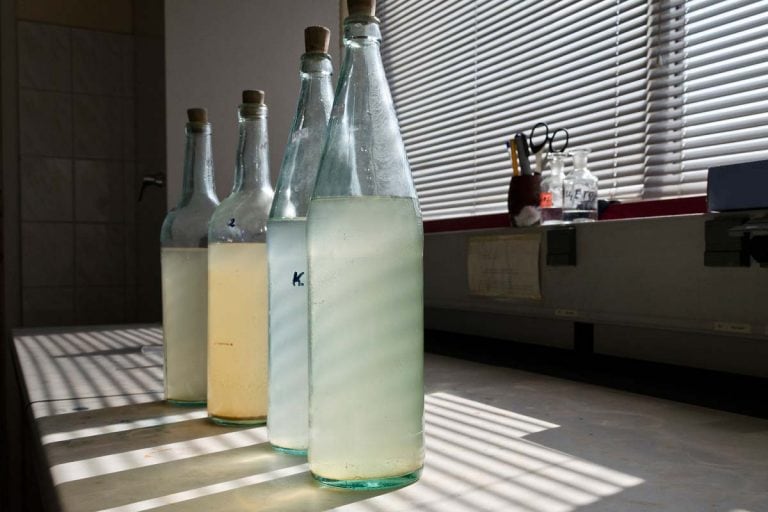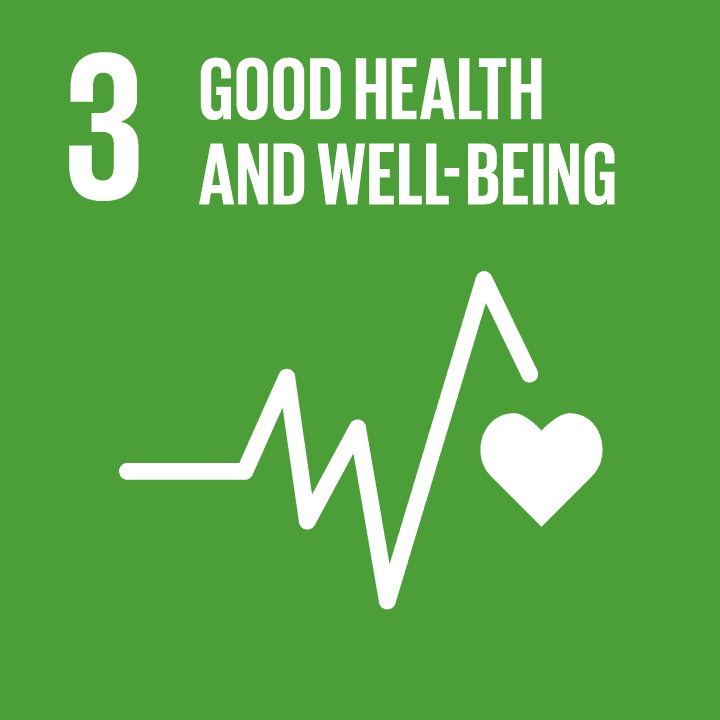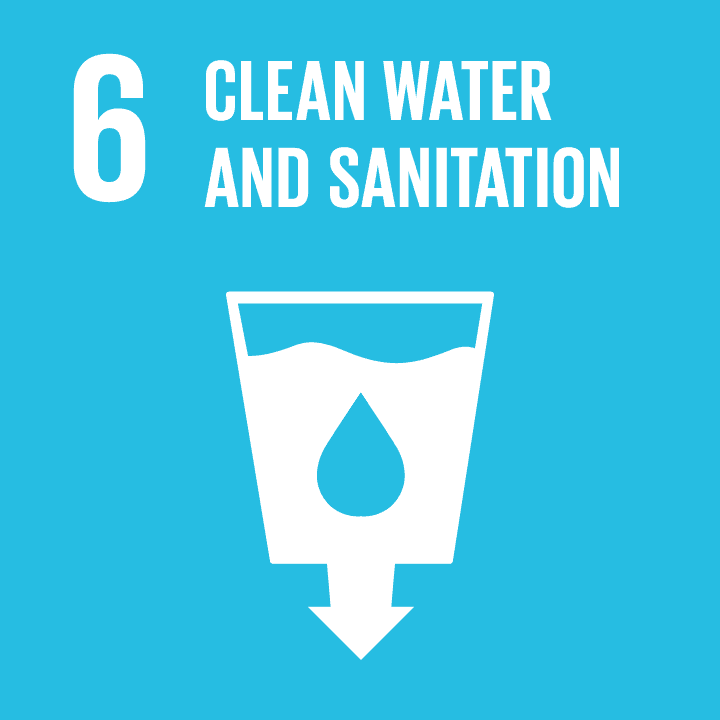Exploring Water Turbidity Using A Smartphone
 Photo: © iStock iso_petrov
Photo: © iStock iso_petrov - Resource Type
- Experiment
- Subjects
- Biology Chemistry Physics
- Topics
- Scientific Inquiry
- Time for activity
- 3 hours
This activity will focus on simple ways to measure the turbidity of water. This knowledge will be used to explore water turbidity around the school or the students’ homes.
- Introduction
-
Water is a natural resource that is very important for the survival of humans and various creations on earth. Water is needed for drinking, washing, bathing and is an important habitat for many living beings and plants. Therefore, water needs to be kept clean and safe.
In some places, water is not well maintained so that it appears cloudy, smelly and even toxic. This is because water is often overlooked, and humans often dispose of waste in the water. Water that is too turbid is not safe for consumption or even washing. Besides, in cloudy water, the aquatic life may not be able to survive because of the lack of light. Particles floating in the water may to some extend also impede UV light sterilization processes, as viruses can avoid UV radiation by hiding behind the particles.
This activity will focus on simple ways to measure the turbidity of water. This knowledge will be used to explore water turbidity around the school or the students’ homes. The measuring instrument that will be used is a smartphone, a communication tool that is nowadays available to almost all teachers and students.
- Key Objectives
-
- Differentiating particles that are soluble and insoluble in water.
- Understanding that particles that do not dissolve in water can be detected by observing the effects of scattering or reflected light.
- Designing a simple water turbidity measuring device using the concept of scattering and reflection or light transmission.
- Collecting data, analyzing results and interpreting data.
- Guiding Questions
-
- How does the light transmission of water change when different substances are added?
- What is the difference between water-soluble and water-insoluble substances in the turbidity of water?
- What influence does the quantity of a substance used have on water turbidity?
- What does the degree of turbidity say about the cleanliness of water?

/rating_on.png)
/rating_off.png) (13 )
(13 )




